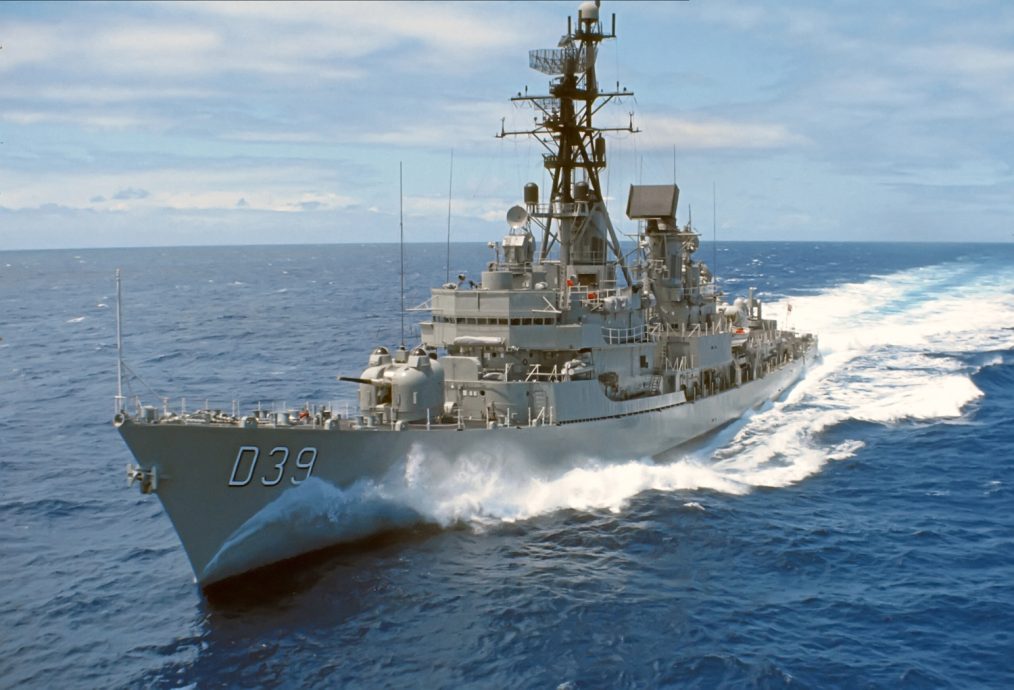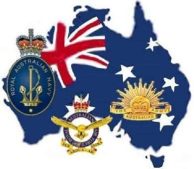
HMAS Hobart Returns to Sydney After Successful Indo-Pacific Deployment
HMAS Hobart, one of the Royal Australian Navy’s advanced guided missile destroyers, has returned to its home port at Fleet Base East in Sydney following a demanding and productive three-month deployment across the Indo-Pacific region.
The warship covered an impressive 21,780 nautical miles during its deployment, which served both strategic and diplomatic purposes. With a crew of over 200 officers and sailors embarked, the mission was focused on bolstering regional security, enhancing international cooperation, and honing essential warfighting skills through a series of multinational exercises and high-level engagements.
Family members and friends assembled at the wharf to welcome their loved ones home. Their anticipation and pride underscored the emotional and personal sacrifices made by the families of service members, who are vital to the operational effectiveness of the Navy.
The deployment featured a range of significant international port visits, including stops in Bali, Singapore, and Subic Bay. These visits were instrumental in reinforcing Australia’s longstanding commitment to maintaining strong defence ties and mutual cooperation throughout the Indo-Pacific. These strategic engagements helped to further solidify Australia’s role as a reliable security partner in the region.
In addition to international ports, the Hobart also made calls at Fleet Base West and the port of Bunbury in Western Australia. While on the western seaboard, the ship participated in complex anti-submarine warfare training activities involving other Royal Australian Navy vessels, as well as aerial assets from the Australian and New Zealander Air Forces. These exercises provided an excellent opportunity to integrate capabilities across services and improve interoperability with allied forces.
Two of the key activities during the deployment were the multinational Exercise Komodo and Exercise La Perouse. Both exercises brought together regional and international maritime forces to collaborate on shared security objectives and maritime coordination. These joint operations are crucial to maintaining a collective commitment to peace and stability in the region.
The crew of Hobart also undertook rigorous training across a range of naval disciplines. These included bridge and engineering watch-keeping, damage control drills, sea-boat handling, aviation operations, and helicopter search and rescue missions. Each training evolution contributed to the professional development of the sailors and reinforced the vital teamwork that underpins naval effectiveness at sea.
While the operational tempo was high, the deployment’s success was also a reflection of the steadfast support from families and friends back home. Their encouragement and resilience are seen as indispensable elements of the Navy’s ability to maintain a capable and ready force.
With the deployment now complete, Hobart will transition into a scheduled maintenance phase. This will provide the crew with a much-needed period of respite, allowing them to recuperate and reconnect with their loved ones. The rest period marks the conclusion of a mission that not only strengthened Australia’s regional defence partnerships but also demonstrated the professionalism and resolve of its naval forces.



